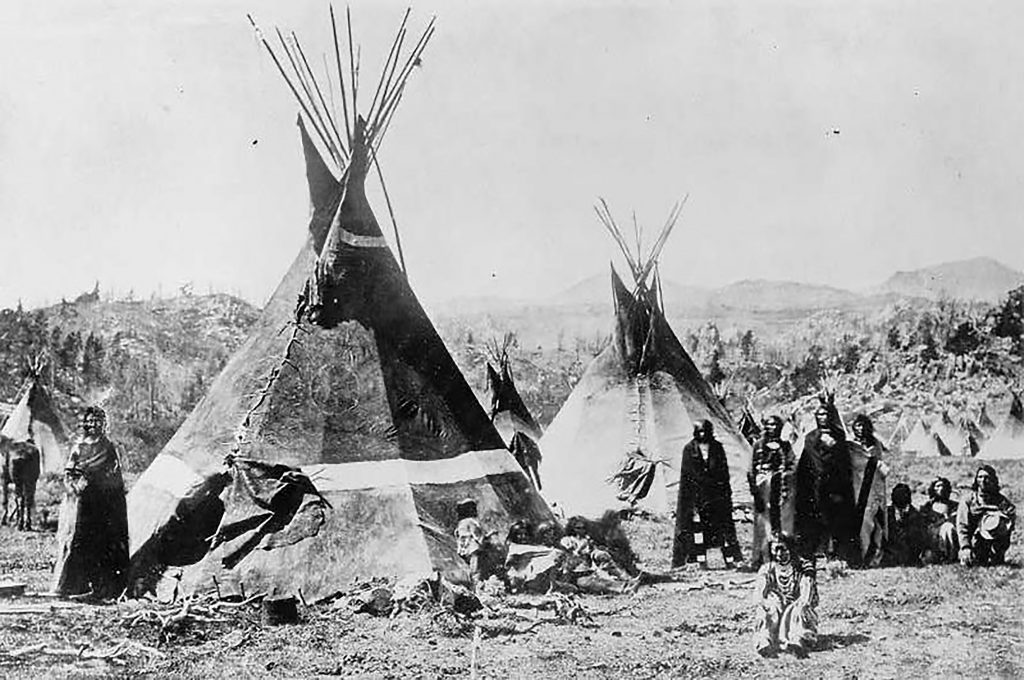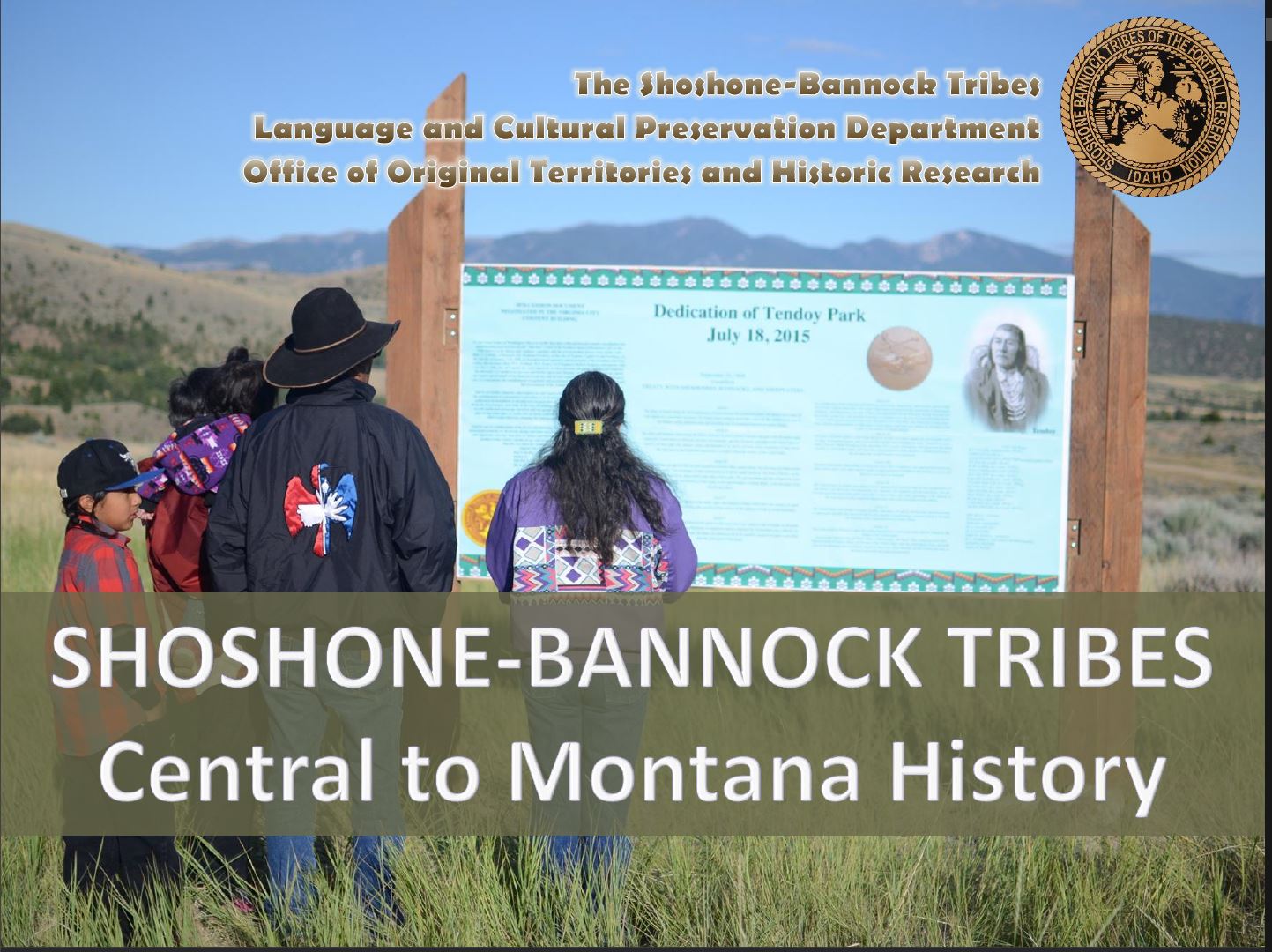
The Unbroken Song: Shoshone-Bannock Tribes and the Resilient Art of Cultural Preservation
Idaho’s rugged high desert, where the Snake River carves its ancient path through volcanic plains, is more than just a landscape of stark beauty. For the Shoshone-Bannock Tribes, who have called this land home for millennia, it is the cradle of their identity, the repository of their history, and the living embodiment of their future. From the towering peaks of the Rocky Mountains to the vastness of the Great Basin, their ancestral domain once stretched across an immense swath of the American West. Today, centered on the Fort Hall Reservation, the Shoshone-Bannock people are engaged in a profound and dynamic act of cultural preservation – not merely as a nostalgic look to the past, but as a vibrant, living testament to their enduring spirit and a strategic investment in the generations to come.
This commitment to safeguarding their heritage is a direct response to a history fraught with challenges. The arrival of Euro-American settlers brought disease, land dispossession, and a relentless assault on Indigenous ways of life. Treaties were broken, buffalo herds were decimated, and the very languages and spiritual practices of the Shoshone and Bannock people were systematically suppressed. The infamous boarding school era, in particular, sought to "kill the Indian to save the man," tearing children from their families, forbidding them from speaking their native tongues, and punishing them for practicing their traditions. Yet, against this tide of attempted assimilation, the Shoshone-Bannock spirit endured, kept alive in whispered stories, clandestine ceremonies, and the unwavering resolve of their elders.
Today, the preservation efforts are multifaceted, weaving together language revitalization, traditional arts, ceremonial practices, land stewardship, and intergenerational education into a rich tapestry of cultural resilience. It’s a holistic approach that recognizes the interconnectedness of all elements of their heritage.

The Heartbeat of Language: Rekindling Native Tongues
Perhaps the most critical front in the battle for cultural survival is language. The Shoshone and Bannock languages, distinct yet intertwined with the Tribes’ history, are the vehicles through which traditional knowledge, worldview, and humor are conveyed. For decades, the number of fluent speakers dwindled, largely due to the boarding school policies and the pervasive influence of English. Recognizing this existential threat, the Shoshone-Bannock Tribes have invested heavily in language revitalization programs.
"Our language is more than just words; it’s the heartbeat of our culture, the very way we understand the world," explains an elder involved in the language program, whose words echo the sentiments of many. "When we speak Shoshone or Bannock, we are speaking with our ancestors, understanding their wisdom in its purest form."
Efforts include language immersion classes for all ages, from toddlers in "language nests" to adults seeking to reclaim their heritage. Digital resources, including apps and online dictionaries, are being developed to make learning more accessible. The Shoshone-Bannock Jr./Sr. High School incorporates language instruction into its curriculum, ensuring that the next generation grows up with an appreciation and understanding of their ancestral tongues. This is not an easy task, requiring dedication, resources, and the invaluable knowledge of the remaining fluent elders, who are seen as living libraries of their people’s history.
The Threads of Identity: Traditional Arts and Crafts
Beyond language, the vibrant material culture of the Shoshone-Bannock Tribes serves as a tangible link to the past and a powerful expression of identity in the present. Intricate beadwork, quillwork, parfleche (painted rawhide containers), and the crafting of drums, flutes, and traditional regalia are not merely hobbies; they are conduits of cultural transmission, imbued with spiritual significance and historical narratives.
These arts, once nearly lost, are experiencing a resurgence. Community workshops and mentorship programs connect master artisans with eager apprentices, ensuring that techniques passed down through generations continue to thrive. "Every stitch, every bead, every pattern tells a story," remarks a young beadwork artist, showcasing a meticulously crafted set of moccasins. "When I’m beading, I feel connected to my grandmothers, to their resilience and creativity. It’s a form of prayer."
The annual Shoshone-Bannock Festival, held every August at Fort Hall, is a spectacular showcase of these arts, where families proudly display their regalia and offer their creations for sale. This event, drawing thousands from across the nation, serves not only as an economic opportunity but also as a powerful affirmation of cultural pride and continuity.

The Rhythm of Life: Ceremonies and Spiritual Practices
At the core of Shoshone-Bannock cultural preservation are the ceremonies and spiritual practices that define their relationship with the sacred. These range from the grand spectacle of the annual Fort Hall Indian Festival and Powwow, a celebration of dance, song, and community, to more private, sacred rituals like the Sun Dance and Sweat Lodge ceremonies.
The powwow, a public gathering, is a vital space for cultural expression, intertribal connection, and the teaching of traditional values. Dancers, adorned in elaborate regalia, move to the thunderous beat of drums, their movements echoing ancient stories and prayers. For the youth, participating in a powwow is a profound experience, instilling discipline, respect, and a deep sense of belonging.
More sacred and often private, ceremonies like the Sun Dance are profound spiritual undertakings, embodying sacrifice, renewal, and a deep connection to the Creator and the natural world. These ceremonies, once outlawed by the U.S. government, were preserved through immense courage and sacrifice by elders who risked imprisonment to keep them alive. Today, they are practiced with renewed vigor, serving as vital anchors for community well-being and spiritual health. "These ceremonies are our anchor, our way of staying grounded in who we are as a people," states a spiritual leader, emphasizing their role in healing historical trauma and fostering communal strength. "They remind us of our responsibilities to the land, to our ancestors, and to the generations yet to come."
The Land as Teacher: Traditional Ecological Knowledge and Stewardship
For the Shoshone-Bannock Tribes, culture is inextricably linked to the land. Their traditional ecological knowledge (TEK), accumulated over millennia of close observation and interaction with their environment, is a vast repository of wisdom regarding sustainable living, plant medicine, animal behavior, and resource management. The buffalo, once central to their sustenance and spiritual life, are being reintroduced to the reservation, a powerful symbol of cultural and ecological restoration. Efforts are also underway to restore traditional food sources like camas root, a vital historical food staple, and to protect ancestral fishing grounds along the Snake River, which historically provided salmon.
This commitment extends to contemporary land management practices on the reservation, where tribal natural resource departments integrate TEK with modern science to manage forests, water resources, and wildlife. This approach ensures that the land continues to provide for the people, not just materially, but spiritually and culturally. "The land is our first teacher, our provider, our library," asserts a tribal biologist. "By taking care of it in the way our ancestors did, we’re not just preserving ecosystems; we’re preserving our very identity."
Passing the Torch: Youth Engagement and Education
All preservation efforts converge on one critical goal: engaging the next generation. The youth are the future keepers of the flame, and ensuring they understand and embrace their heritage is paramount. The Shoshone-Bannock Tribes have developed numerous programs specifically for their young people. Cultural camps teach traditional skills like hide tanning, storytelling, horsemanship, and plant identification. Mentorship programs pair elders with youth, fostering invaluable intergenerational connections.
The tribal school system plays a vital role, incorporating cultural curriculum into academics. Students learn tribal history, governance, and traditional values alongside standard subjects. "Our youth are not just learners; they are the future keepers of the flame," says a tribal educator. "When they learn their language, when they participate in a powwow, when they hear the stories of our people, you can see the pride ignite in their eyes. That’s how we ensure our culture lives on."
Challenges and the Unbroken Song
Despite these remarkable successes, the path of cultural preservation is not without its challenges. Funding remains a constant concern, as tribal programs often rely on grants and limited tribal revenues. The pervasive influence of mainstream media and digital culture can sometimes distract youth from traditional pursuits. The loss of elders, who hold invaluable knowledge, creates urgent timelines for documentation and transmission. Furthermore, the ongoing effects of historical trauma require continuous healing and community support.
Yet, the Shoshone-Bannock Tribes face these challenges with unwavering determination. Their cultural preservation efforts are not static attempts to freeze the past, but rather dynamic, living processes that adapt and evolve while remaining true to core values. They are a testament to the resilience of a people who have faced adversity with courage and wisdom.
In the vast, open landscapes of Fort Hall, the drumbeats of the powwow echo across the plains, the Shoshone and Bannock languages are spoken in classrooms and homes, and the intricate patterns of beadwork tell stories of generations. The Shoshone-Bannock Tribes are not just preserving their culture; they are actively living it, breathing new life into ancient traditions, and ensuring that their unbroken song will resonate vibrantly for all time. Their story is a powerful reminder that culture is not just heritage, but a living, breathing force that shapes identity, fosters community, and lights the way forward.


